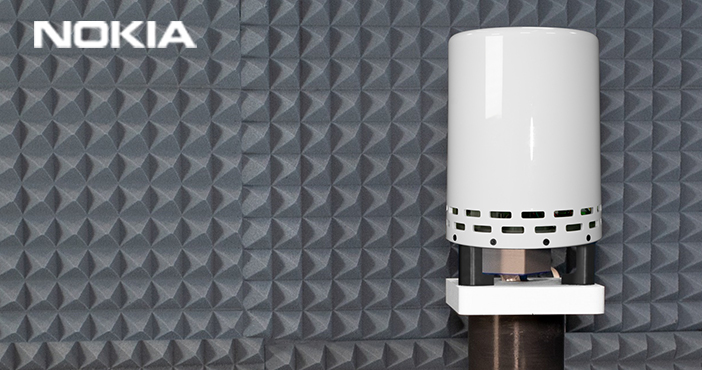There was a point in early 5G development where 5G was practically synonymous with millimeter-wave spectrum: Super-fast, but assumed to be for short-range use only, with propagation issues and RF and antenna complexity that hadn’t yet been sufficiently addressed in the engineering of network equipment and devices. Early mmWave deployments—nearly three years ago, now—worked under the technical constraints of the time, focusing on dense, urban small cell deployments for fixed and mobile access.
But what if mmWave was simply ahead of its time? What if the trajectory of maturing 5G technology development means that its real utility and potential still lie ahead?
The signs are all there. Most global 5G deployments kicked off using mid-band spectrum in the 3-4 GHz range, and now a second wave of 5G spectrum allocations is happening in the millimeter wave range. At MWC Barcelona 2021, a host of global carriers and tech companies affirmed their support for deploying mmWave in order for 5G to achieve its full potential. Chipsets and devices with millimeter wave support are proliferating beyond the handful that were available in those early days of deployment. In particular, the second-largest category in the fast-growing list of 5G devices is customer premise equipment for 5G Fixed Wireless Access.
In its first incarnation, 5G mmWave proved itself capable of delivering fiber-like speeds—but with fiber-like prices, given the significant capex expenditures needed to blanket an area with coverage, and the limited options for devices and customer equipment. Given the resource realities at the time, it made economic sense to shift effort 5G build-out efforts to the mid-band, with its mix of capacity, coverage and reuse of the existing mobile grid.
However, 5G is already the fastest-growing mobile technology in history. According to 5G Americas, global 5G connections hit the 400-million mark in the second quarter of this year, reaching that milestone four times faster than LTE did. That figure is expected to reach 2 billion in 2023 and 4.7 billion in 2026. Inevitably, mmWave’s capacity will be necessary to provide fast and reliable service for those billions of new mobile and fixed connections.
Some operators have already reached the point where capacity needs, increased availability of mmWave equipment and devices and favorable mmWave spectrum prices have combined to support a revamped approach to 5G FWA deployment: One where mmWave is intelligently deployed to complement and bolster sub-6 GHz 5G coverage.
In such a scenario, mmWave can be used to provide home broadband to locations near an existing base station, freeing up capacity in the sub-6 GHz spectrum to serve customers farther away—providing robust service for all, without the need for adding multiple radio sites. Within the home, Nokia has developed and tested its FastMile 360 High gain technology to address the three primary challenges of serving mmWave CPE indoors: The FastMile device has a high-gain antenna to compensate for loss along the signal path; secondly, its ability to scan a 360-degree “view” of the RF environment enables easy and optimized self-installation; and finally, intelligent analytics enable the device to adjust to dynamic RF conditions within the home.
It takes deep RF expertise and a fine engineering touch to overcome the challenges of working with mmWave spectrum to provide fast, reliable broadband service within the customer premise. Ultimately, a mix of low-, mid- and high-band spectrum will be needed to provide operators with the coverage, capacity and future flexibility to meet their needs in a given geography. mmWave is an essential piece of meeting emerging network capacity needs. Its full potential has not yet been reached. Are you ready for when it does?
Learn more about how Nokia is meeting the emerging opportunity for 5G mmWave FWA with its FastMile solutions.

